Riace Warriors Sculpture Details:
Riace Warriors Statue A depicts a young warrior hero or god. They look proud. And the sculpture expresses its own beauty and powerful body. Riace Warriors Statue B, on the other hand, depicts an older and more mature warrior hero. The pose of this sculpture is relaxed and the gaze is gentle.
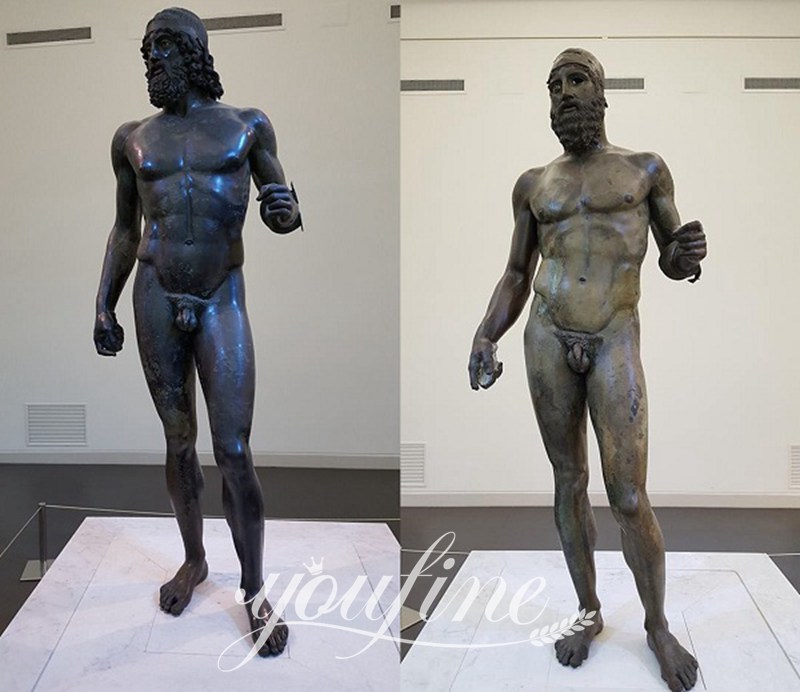
Second, the sculpted body musculature is clear and appears to be soft enough. We could feel the sculpture is very realistic. The head-turning action of the bronzes also adds dynamism to the figures. The asymmetrical layout of their arms and legs adds realism to them.
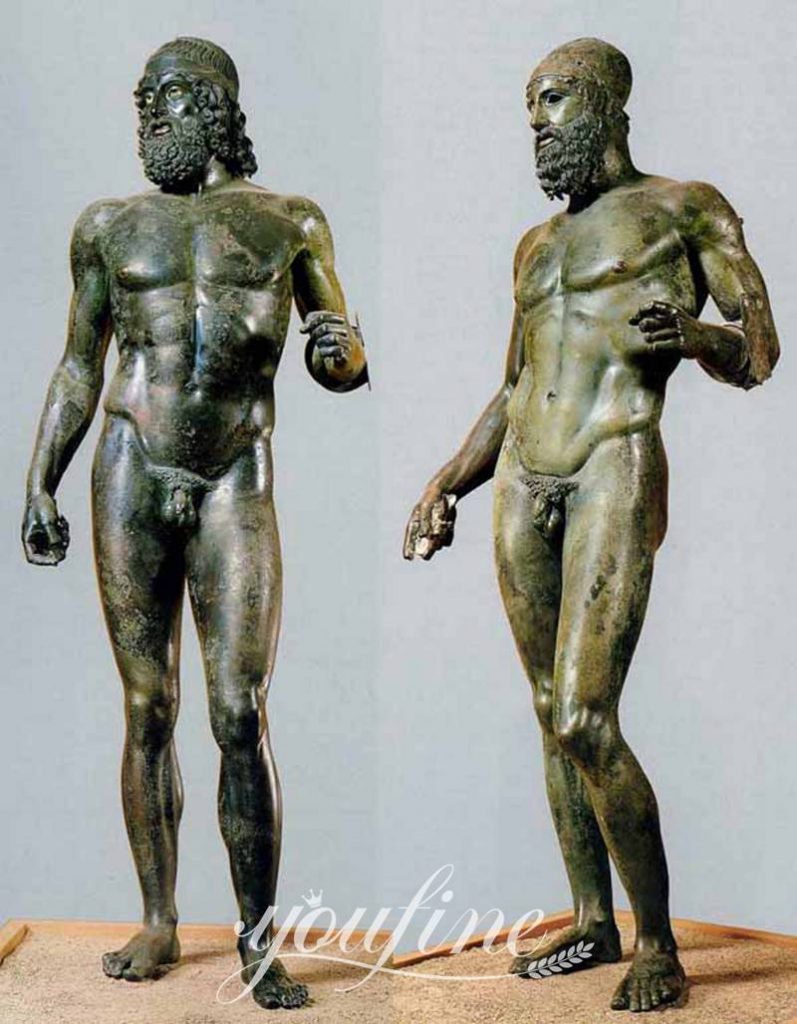
The artists at YouFine cast you this bronze Riace Warriors statue using the traditional lost wax method. Moreover, YouFine bronze Greek sculptures could reflect the artist’s superb technical craftsmanship. Moreover, our sculptures could also reflect the mysterious artistic characteristics of Riace Warriors.
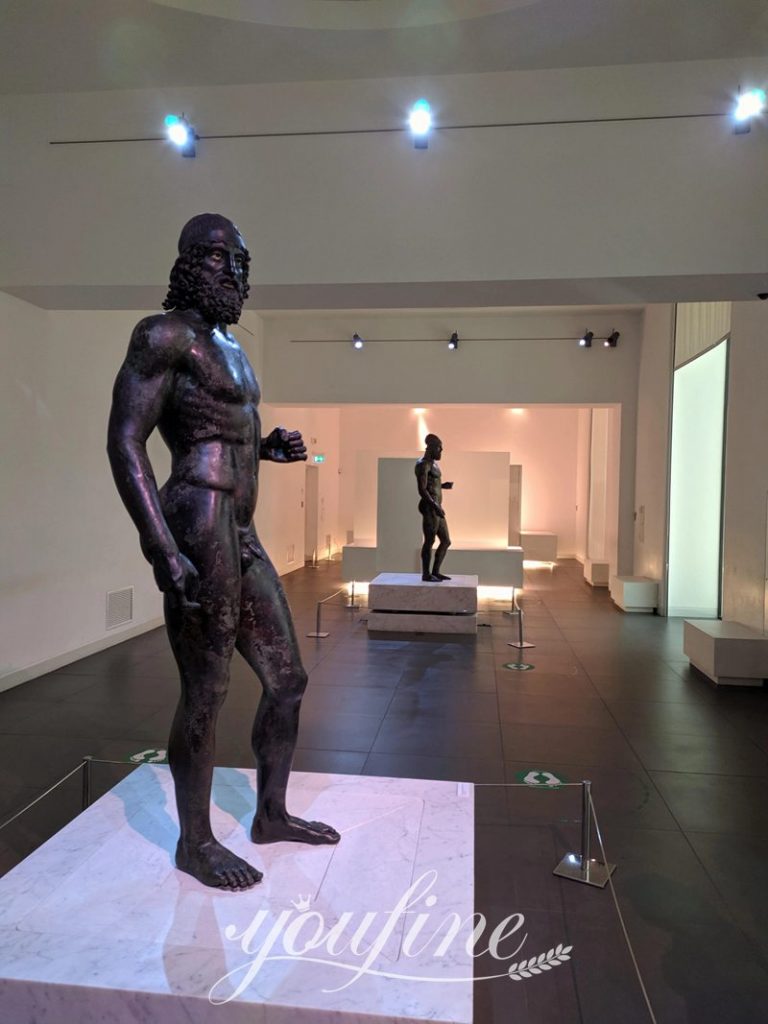
What does a Race Warrior Stand for?
Race warriors have shown that the bronze material retains its historical value for a longer period of time. And, these Riace Warriors sculptures represent a calm style of dynamism and sternness. In addition, the Riace Warriors sculptures represent the artistic features of the High Classical Greek period.
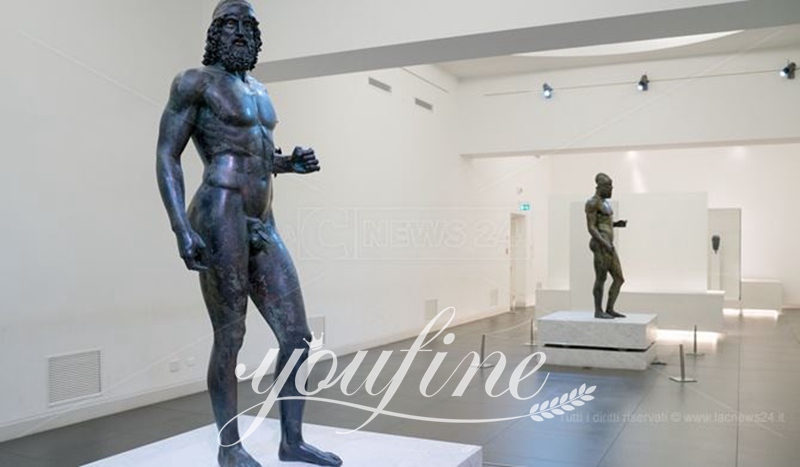
What is the Truth about Race Warriors?
Race Warriors (also known as Race Bronzes or Bronzid Races) are two life-size Greek bronze statues of nudes. They are warriors with thick beards. The statues were discovered by Stefano Mariottini on August 16, 1972, in the Mediterranean Sea off the coast of Reis, Italy. The statues, which date back to the 5th century BC, are believed to represent two warriors and are considered to be some of the finest examples of ancient Greek sculpture.
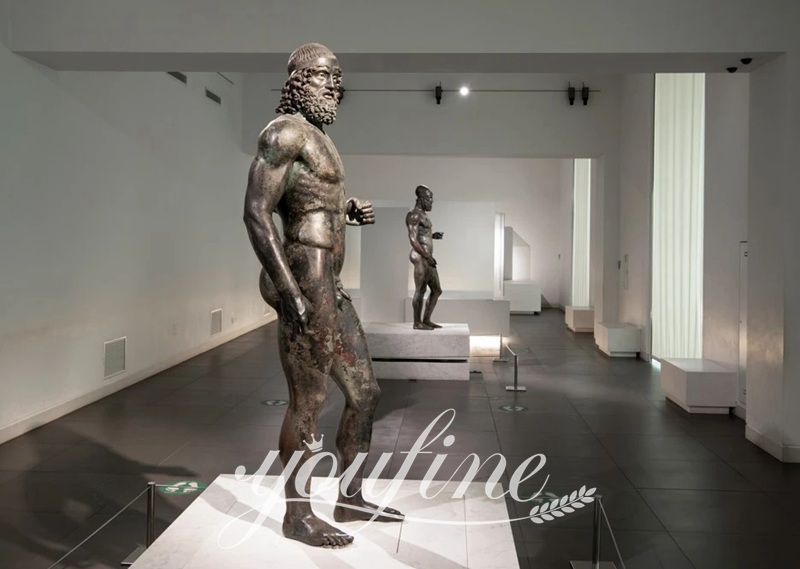
The Riace Warriors are notable for their lifelike anatomy and naturalistic poses, as well as their intricate detail and exquisite craftsmanship. They are considered to be some of the finest examples of ancient Greek sculpture, and their discovery has been hailed as one of the most significant archaeological finds of the 20th century.
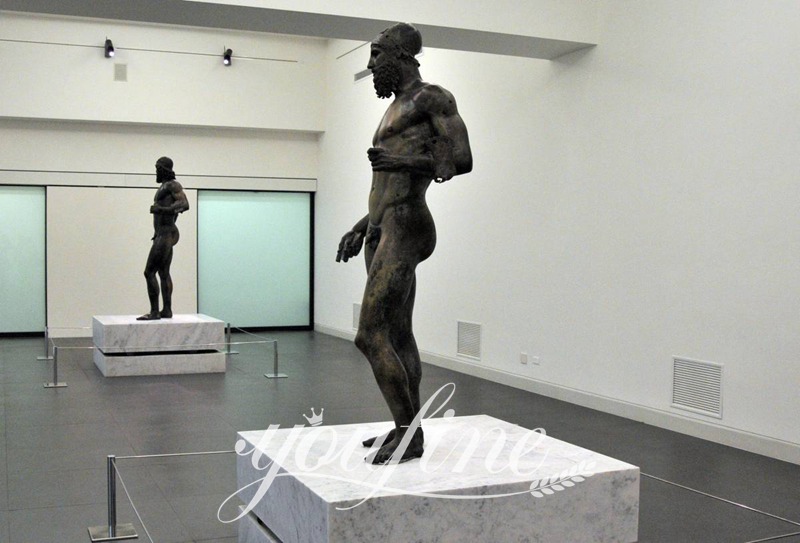
Who Created the Race Warrior?
In 1986, Elizabeth Frink created her four bronze warriors of Rhys after seeing two Greek statues from the 5th century BC. Ancient figures are unquestionably heroes: naked. These Riace Warriors sculptures are beautifully built. And they have majesty and wisdom. Flink’s sculptures also cast a different take on professional boxers.
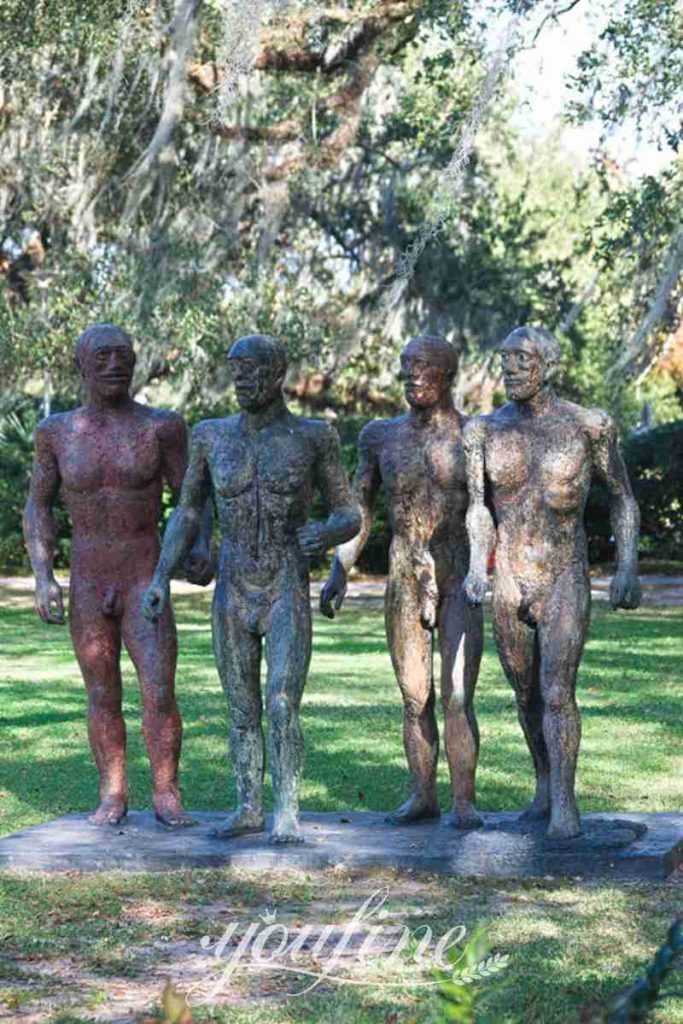
The Riace Warriors are currently housed at the Museo Nazionale della Magna Grecia in Reggio Calabria, Italy, and have become an important symbol of Calabria and its ancient Greek heritage. The identity of the warriors remains uncertain, but it is believed that they were created by the same artist who made the statue of the Discus Thrower (also known as the Discobolus) and that they may have been commissioned by the city of Rhegium (modern-day Reggio Calabria) to commemorate a military victory. The statues were found in the sea and it is believed that they were lost during a shipwreck.
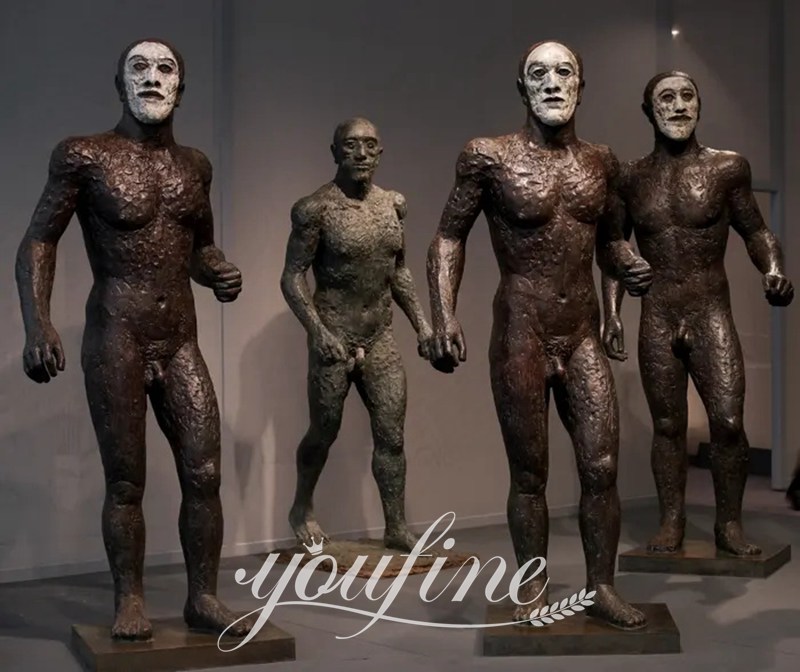
Using the Traditional Lost Wax Method:
Our artists cast this ancient Riace Warriors sculpture for you using the traditional lost wax method. Second, in this process, we added silica sol (an excellent nanomaterial, strong acid-resistant material). It is very different from traditional ammonia (ammonia is acidic and the bronze color changes after rain) and avoids white spots on the statue.
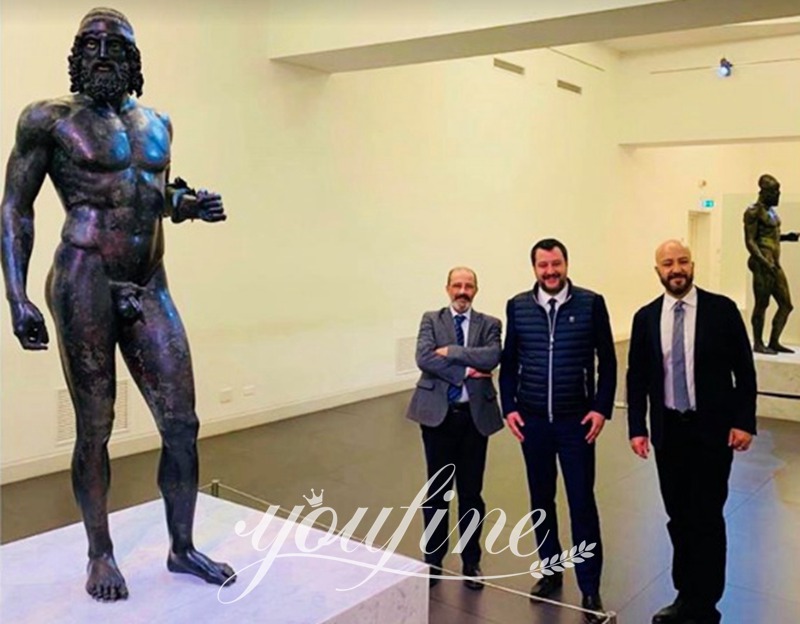
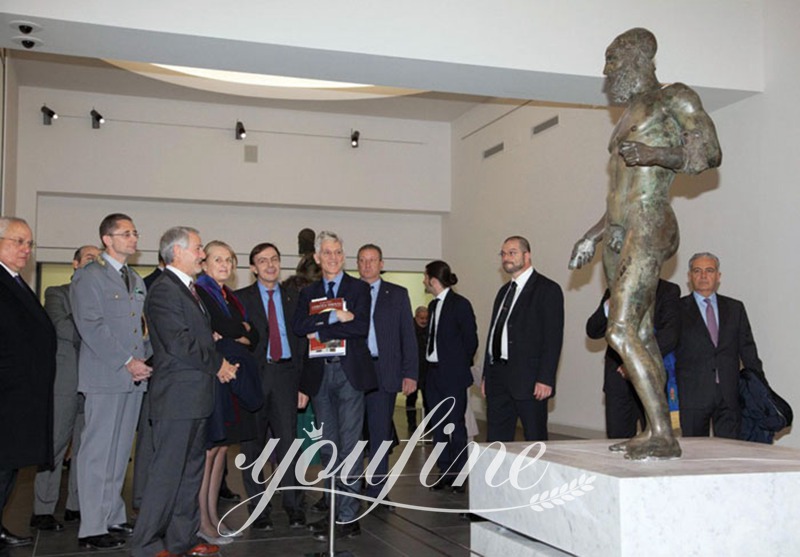
We all know that white spots could damage statues. However, some traditional manufacturers still use ammonia and their statues would have white spots. In the end, their bronze sculptures just stay beautiful for a while. There is no doubt that the bronze sculptures at the YouFine factory would become more patina over time.
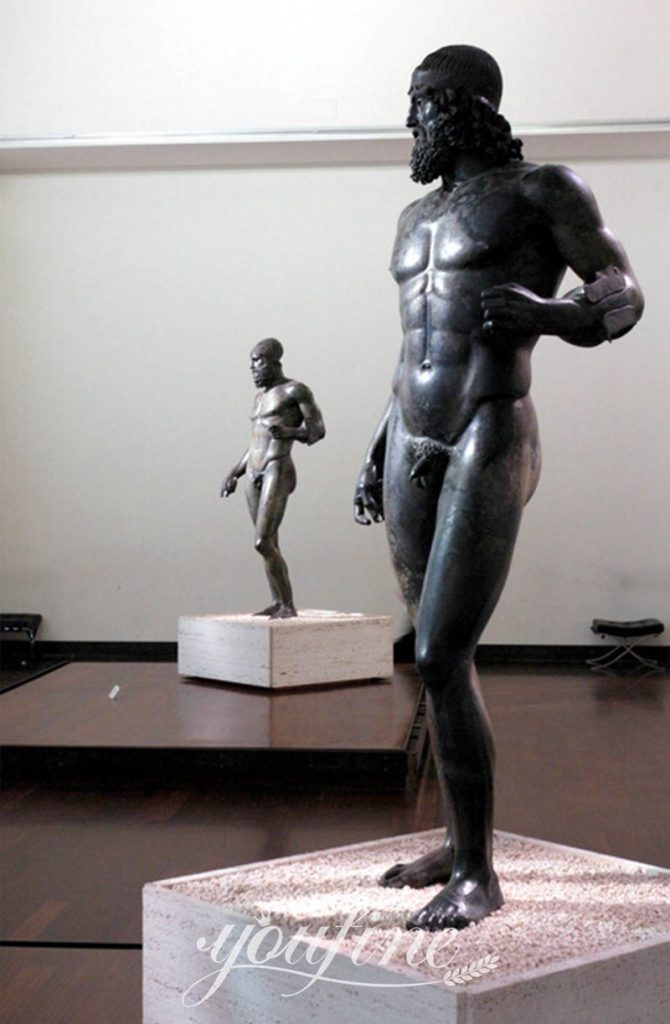
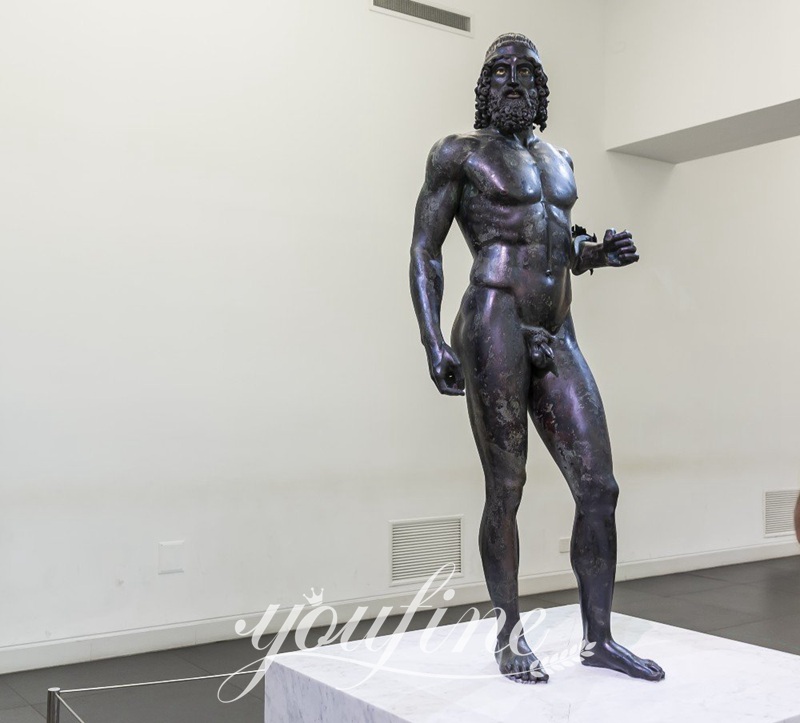
Please feel free to contact us if you would like to cast a replica of an ancient bronze Riace Warriors sculpture. Of course, our bronze sculptures are able to reflect the look and details of the ancient warriors.